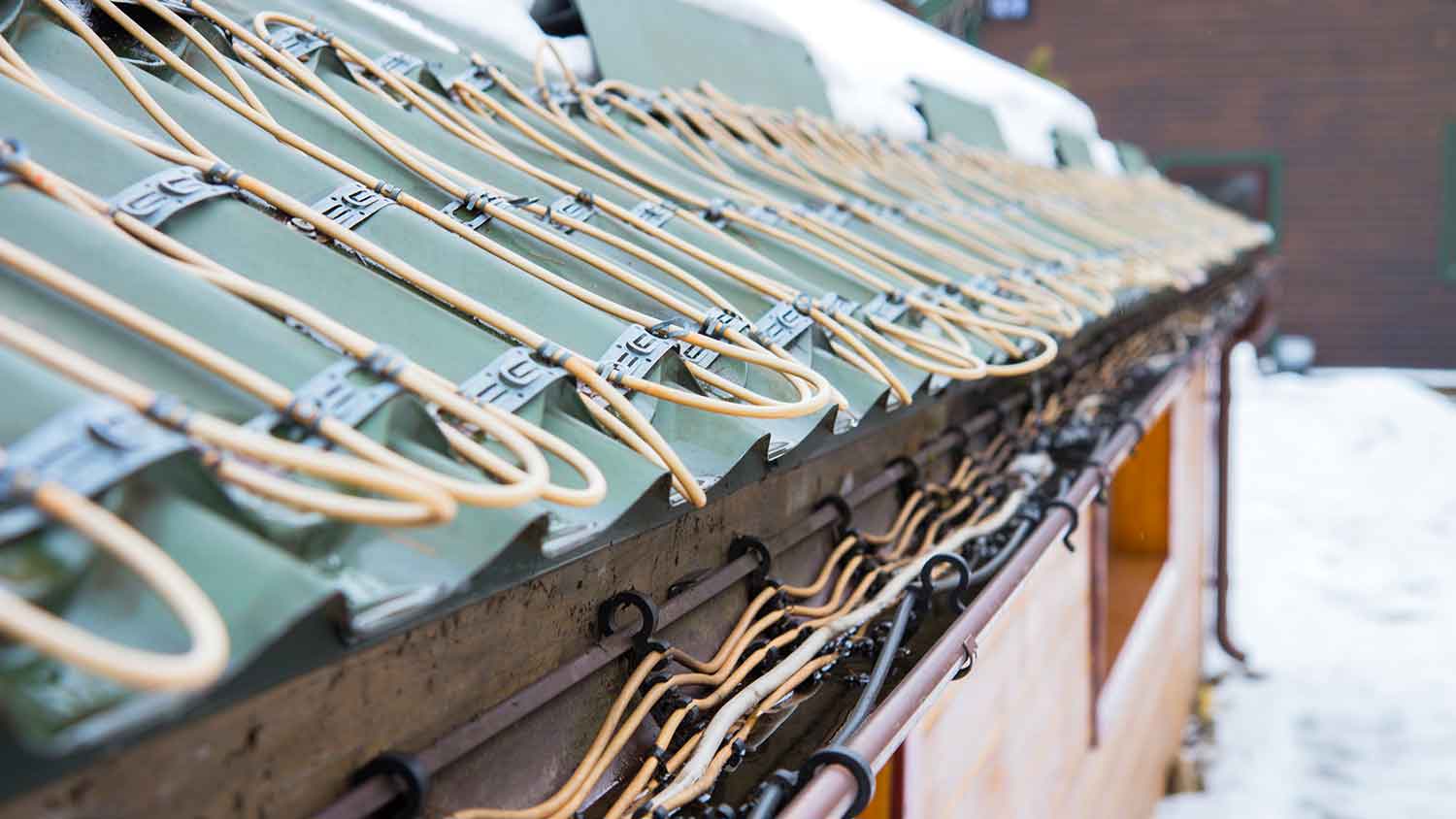
Get matched with top roof ice and snow removal pros in Agua Linda, AZ
Enter your ZIP and get matched with up to 5 pros
Need a pro for your roof ice and snow removal project in Agua Linda, AZ?
Find Roof ice and snow removal pros in Agua Linda
Glasscock Roofing LLC
Glasscock Roofing LLC
Reroofing, shingles, meta roofs, tile, flat roofs, tear-offs, and new construction
Reroofing, shingles, meta roofs, tile, flat roofs, tear-offs, and new construction
The Agua Linda, AZ homeowners’ guide to roof ice and snow removal services
From average costs to expert advice, get all the answers you need to get your job done.
 •
•Discover the average cost of roof snow removal, key price factors, and ways to save. Get transparent estimates to protect your home this winter.
 •
•Discover the average roof heating cable installation cost, key price factors, and how to budget for your project. Learn how to save and what to expect.

Wondering why icicles form on your roof? Learn the underlying problems, why you need to take action, and the solutions you can implement to fix the issue.

They’re pretty in the winter sunshine, but are icicles bad for your roof? Learn whether you should worry about ice buildup and icicles hanging from your roof.

Ice dams can cause roof and water damage and even structural damage to your home. Learn what causes them and how to prevent them to avoid property damage.

Ice dams can seriously damage your roof and home. Learn what causes them and how to prevent ice dams from forming this winter.
- Green Valley, AZ Roof ice and snow removal pros
- Sahuarita, AZ Roof ice and snow removal pros
- Corona De Tucson, AZ Roof ice and snow removal pros
- Vail, AZ Roof ice and snow removal pros
- Saddlebrooke, AZ Roof ice and snow removal pros
- Catalina, AZ Roof ice and snow removal pros
- South Tucson, AZ Roof ice and snow removal pros
- Oro Valley, AZ Roof ice and snow removal pros
- Cortaro, AZ Roof ice and snow removal pros
- Marana, AZ Roof ice and snow removal pros
- Window Cleaning in Agua Linda
- House Cleaning in Agua Linda
- Trampoline Assembly in Agua Linda
- Sink Installation in Agua Linda
- Plumbing in Agua Linda
- Electrical in Agua Linda
- Handyman Service in Agua Linda
- Landscaping in Agua Linda
- Locksmiths in Agua Linda
- Hvac in Agua Linda
- Lawn Care in Agua Linda
- Air Duct Cleaning in Agua Linda
- Painting in Agua Linda
- Appliance Repair in Agua Linda
- Lawn And Yard Work in Agua Linda
- Interior Painting in Agua Linda
- Ev Charger Installer in Agua Linda
- Drain Cleaning in Agua Linda
- Contractor in Agua Linda
- Gutter Cleaning in Agua Linda
- Pressure Washing in Agua Linda
- Boiler Repair in Agua Linda
- Flooring in Agua Linda
- Exterior Painting in Agua Linda
- Foundation Repair in Agua Linda